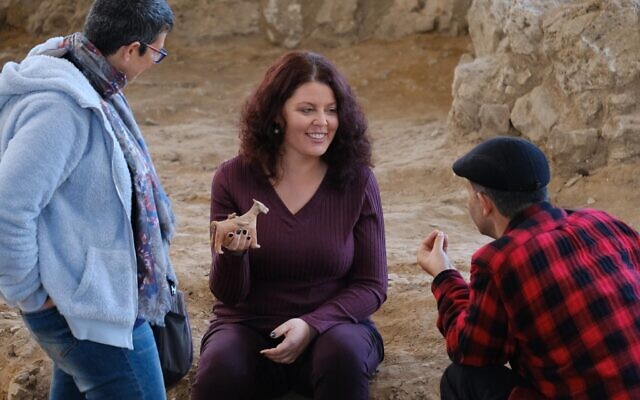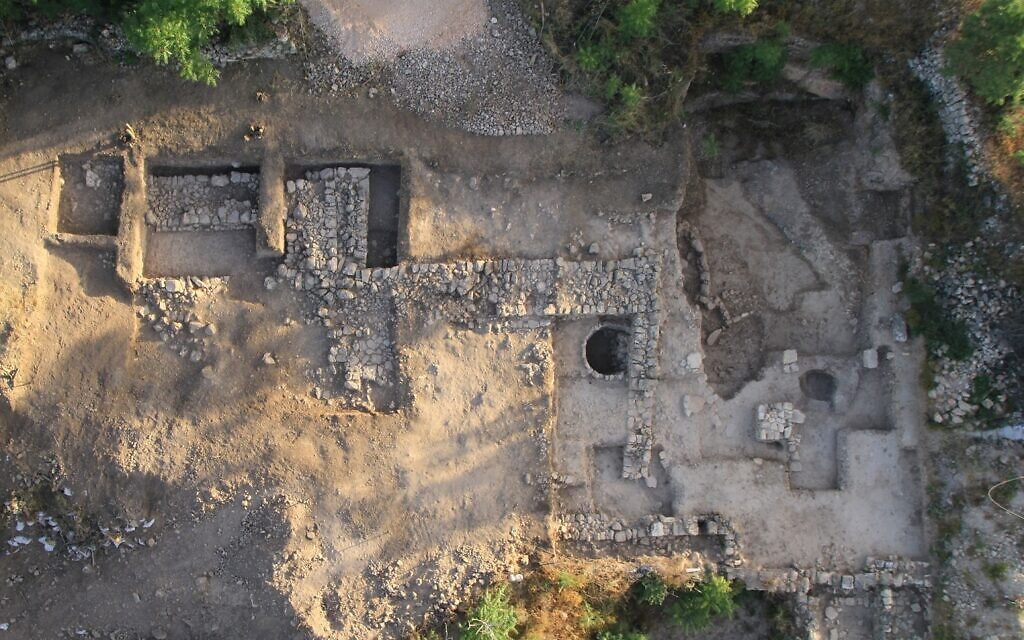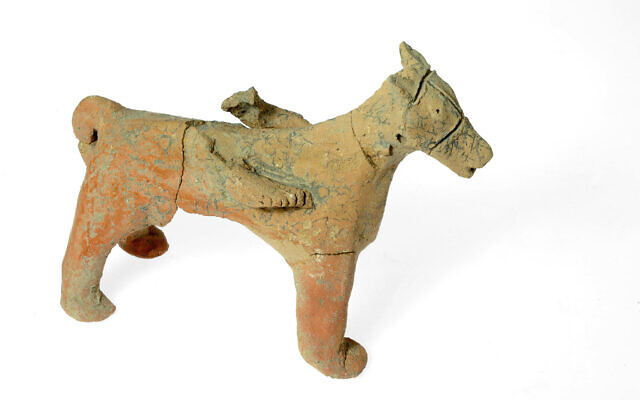Culture
Iron Age Temple Complex Discovered Near Jerusalem Calls Into Question Biblical Depiction of Centralized Cult

Solomon’s
A massive Iron Age II temple complex, which stood from around 900 BCE until circa the early sixth century BCE, is currently being excavated at Tel Motza, just seven kilometers (four miles) northwest of ancient
It would have been about two-thirds the size of the First Temple and was likely built by similar builders who came to the region from Syria in the north, as described in the Bible, the IAA’s Shua Kisilevitz told The Times of Israel on Monday.

Due to Motza’s proximity to the
“You could not have built a major monumental temple so close to
Kisilevitz said that while the entire perimeter of Motza’s cultic structure has yet to be uncovered, the excavations have so far yielded every indication of a parallel worship center.
“It’s almost like a checklist for what we’d expect to find — though of course we would like to see more — but it’s more than what has been found so far in the region,” Kisilevitz said.
She noted the temple’s east-west orientation and a layout that consists of a courtyard and a large rectangular building. This blueprint was developed in the Near East in the third millennium BCE and is found at other cultic centers in the region, including the Jerusalem Temple and ‘Ain Dara and Tell Ta‘yinat in Syria.
An altar found in the Motza courtyard positioned directly in front of the building’s entrance is another check on Kisilevitz’s list. “A temple is not a place that worshipers entered; rather, they gathered in the courtyard. That’s where we expect to see remains of activity,” she said.

Among the other remains of worship activity are a stone-built offering table, and “a whole lot of artifacts,” including figurines, cult stands, and chalices, which would have both been brought by the penitents and been the “furniture” of the temple.
Another telling clue is a nearby refuse pit, where the team discovered bone and pottery remains. Kisilevitz explained that it was used in a similar way that Jews today use a geniza for sacred texts.
Stories for you more +